Weeds, Fungus, and Bare Spots Oh My!
M. Adams
7 years ago
Featured Answer
Sort by:Oldest
Comments (9)
M. Adams
7 years agodmt4641
7 years agolast modified: 7 years agoRelated Discussions
What are these black spots on my bare root pear?
Comments (3)pseudomonas? I've gotten some material that, after sitting in cold storage developed these necrotic patches. Which state did it come from, as I don't recall california as having humidity issues. It looks like the lesion extends to the upper bud. Maybe it's just injury from pruning....See MoreDead grass and bare spots plus weeds
Comments (5)That area is near dead from drought stress last season. It needs ONE INCH of water ONCE A WEEK. Very few sprinklers can dish out a full inch of water in 10 minutes. Mine takes 8 HOURS to get a full inch. You should be able to fit an inch into your city conservation schedule unless you are limited to 10 minutes per week. You'll have to measure the output of your sprinklers. Use a tuna can or cat food can and time how long it takes to get an inch. It also needs fertilizer. I can help you with an organic approach but not with chemicals. I've forgotten everything I once knew about chemical ferts. Here is the 1-2-3 of lawn care... Basics of Lawn Care After reading numerous books and magazines on lawn care, caring for lawns at seven houses in my life, and reading numerous forums where real people write in to discuss their successes and failures, I have decided to side with the real people and dispense with the book and magazine authors. I don't know what star their planet rotates around but it's not mine. With that in mind, here is the collected wisdom of the Internet savvy homeowners and lawn care professionals summarized in a few words. If you follow the advice here you will have conquered at least 50% of all lawn problems. Once you have these three elements mastered, then you can worry about weeds (if you have any), dog spots, and striping your lawn. But if you are not doing these three things, they will be the first three things suggested for you to correct. Watering Water deeply and infrequently. Deeply means at least an hour in every zone, all at once. Infrequently means monthly during the cool months and no more than weekly during the hottest part of summer. Do not spread this out and water for 10 minutes every day. If your grass looks dry before the month/week is up, water longer next time. If that does not work, then you might have to water more than once per week during the summer's hottest period. Deep watering grows deep, drought resistant roots. Infrequent watering allows the top layer of soil to dry completely which kills off many shallow rooted weeds. You will have to learn to judge when to water your own lawn. If you live in Las Vegas your watering will be different than if you live in Vermont. Adjust your watering to your type of grass, humidity, wind, and soil type. It is worth noting that this technique is used successfully by professionals in Phoenix, so...just sayin.' The other factors make a difference. If you normally water 1 inch per week and you get 1/2 inch of rain, then adjust and water only 1/2 inch that week. Mowing Every week mulch mow at the highest setting on your mower. Most grasses are the most dense when mowed tall. However, bermuda, centipede, and bent grasses will become the most dense when they are mowed at the lowest setting on your mower. In fact there are special mowers that can mow these grasses down to 1/16 inch. Dense grass shades out weeds, keeps the soil cooler, and uses less water than thin grass. Tall grass can feed the deep roots you developed in #1 above. Tall grass does not grow faster than short grass nor does it look shaggy sooner. Once all your grass is at the same height, tall grass just looks plush. Fertilizing Fertilize regularly. I fertilize 5 times per year using organic fertilizer. Which fertilizer you use is much less important than numbers 1 and 2 above. Follow the directions on the bag and do not overdo it. Too little is better than too much. At this point you do not have to worry about weed and feed products - remember at this point you are just trying to grow grass, not perfect it. Besides once you are doing these three things correctly, your weed problems should go away without herbicide. Really really tall St Augustine needs much less water than when mowed. Here is a picture of my 35-pound dog sitting in my "lawn". It looks more like a pasture but there are no weeds. I live on the edge of the desert and tomorrow I'm going to water this spot where she's sitting for the first time this year. That grass is about 20 inches high. Of course to have grass like that you can't be hampered by homeowners associations or pesky neighbors (or spouses). At this house I don't have to worry about that....See Moreweeding and bare spots
Comments (2)I am in the same place as you. In fact, I just returned from a half hour pulling weeds in my lawn. A woman walked by and told me that it can be an OC type thing, and I was quick to agree! The battle against weeds will never be won until the lawn is 100% filled in with tall 3"+ turf that crowds out weeds. As long as there is room (bare spots), the weeds will grow. dropping seeds down during the summer is an iffy thing, as odds are they won't grow. But if you do drop them, do the following: 1) take some topsoil or dirt from your yard 2) mix seeds in 3) drop a handful in each bare spot *I have also had luck with just dropping seed and roughing it up a bit, but the "mix" above has worked best. ** Do you know what type of grass you have? Don't repair bare spots with any old grass seed. If you do, the difference in color will be noticeable. If you are in doubt, consider asking a professional or buying a rye/fescue/kbg mix so that it won't look TOO out-of-place. Here is my plan.... 1) Like you, I am new to this, so I am doing the OC thing and pulling weeds this summer. I hate it, but the lawn looks really good when it is weed-free. I tend to do a section of the lawn each week so it isn't overwhelming. 2) The grass is at least 3" high, which obscures most of my little bare spots. My larger bare spots by the curb are getting attacked by weeds, and I can't really do anything about it. 3) Knowing the importance of filling the bare spots and strengthening the turf, I am planning on seeding over and over again until I get the lawn I want this fall. August 1, September 1, October 1 if I have to. I am adding some extra KBG to the mix so that remaining holes fill themselves over the course of the next year. 4) Other than that, I am continuing my normal organic program (soy bean meal, compost, etc.). From the street (the OTHER side of the street, lol), my lawn looks great. It might be the greenest on the block. Close up, there are some trouble spots, but nothing that I can't fix over the next year. Considering it was nearly wiped out from grubs when I moved in last fall, I am very happy with the progress....See MoreGrass is in bad shape. Browning, weeds, and bare spots.
Comments (8)Where do you live? When do you expect frost? KBG takes 2-3 weeks or more to germinate and it is difficult to do in an overseeding as the existing grass will outcompete and shade it. When you mow you would be disturbing ungerminated seed. If you have rye, best to stay with rye. Rye germinates quickly. If you want KBG, plan to renovate (kill everything first and fallow) next July/August (July for killing and fallowing, mid to late August for seeding). It's probably unnessary to aerate and dethatch. Cut low as planned, bagging clippings. A light raking will be helpful. A pre-emergent next spring when the forsythia blooms will help prevent summer weeds....See Morereeljake
7 years agoTS Garp
7 years agodanielj_2009
7 years agoTS Garp
7 years agoreeljake
7 years agoM. Adams
7 years ago
Related Stories

GARDENING GUIDESHow to Fix Bare and Yellow Lawn Spots
Restore your turf’s good looks by reseeding unsightly patches
Full Story
GARDENING GUIDESGreat Design Plant: Bugle Weed, a Quick Ground Cover
It’s highly adaptable, suppresses weeds, reduces erosion and provide weeks of bright flowers. Just watch for invasiveness
Full Story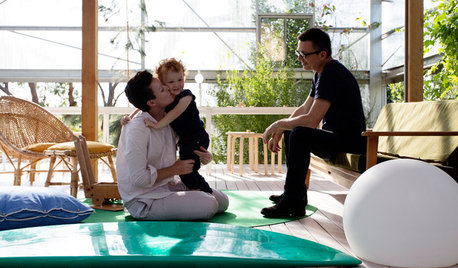
HOMES AROUND THE WORLDWorld of Design: A House That’s Barely There
A rural Australian home blurs the boundaries between indoors and outdoors, camping and permanence, privacy and transparency
Full Story
GARDENING GUIDES6 Native Ground Covers for Tough, Dry Spots
Sun beating down on your sandy gravel? Thick shade darkening your clay soil? There’s a ground cover here for you
Full Story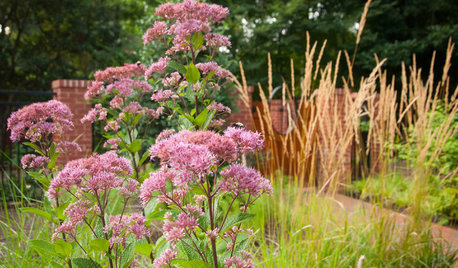
GARDENING GUIDESGreat Design Plant: Eutrochium Maculatum
Sculptural, slightly tropical looking and a boon to wildlife, Spotted Joe Pye Weed is a gotta-have plant in many parts of the U.S.
Full Story
GARDENING GUIDES7 Ecofriendly Gardening Ideas That Also Cut Chore Time
Spend less time weeding, less money watering and more moments just sitting back and enjoying your healthy garden
Full Story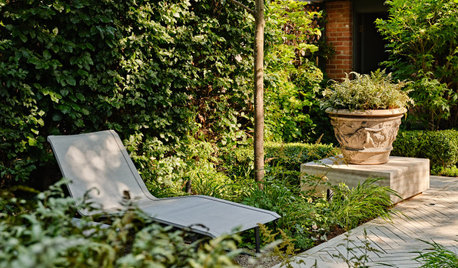
LANDSCAPE DESIGNHow to Create a Beautiful Shade Garden
Turn the cool, shady spot in your garden into your own quiet oasis
Full Story
HOMES AROUND THE WORLDWorld of Design: 11 Book Lovers and Where They Like to Read
Bibliophiles across the globe reveal their top books and favorite reading spots, from a 2-story library to an artfully curated book nook
Full Story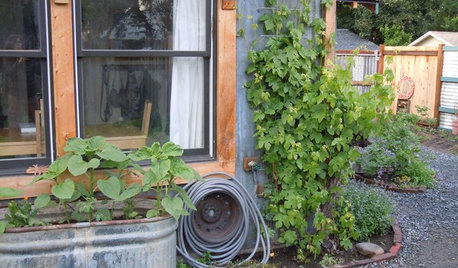
GARDENING GUIDESEdible Gardening Essentials: Tips for Traditional Hand Watering
Save the expense and hassle of a complicated garden system with a simple watering can or inexpensive hose add-ons
Full Story
EARTH DAYThe Case for Losing the Traditional Lawn
Work less, help the environment and foster connections by just saying no to typical turf
Full Story



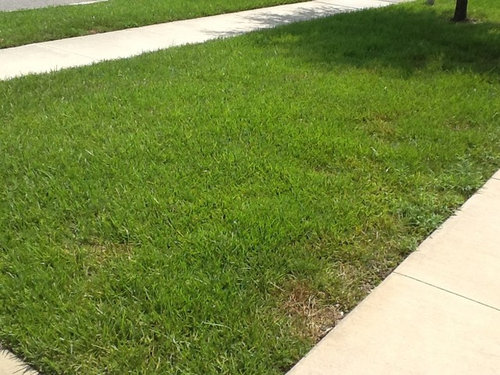
















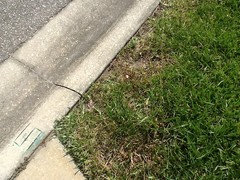

dmt4641